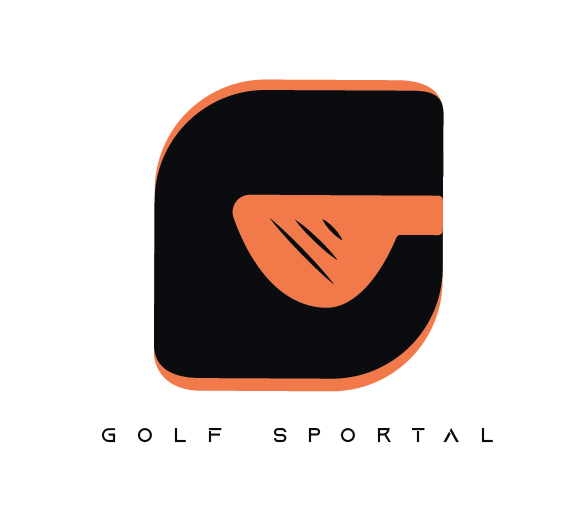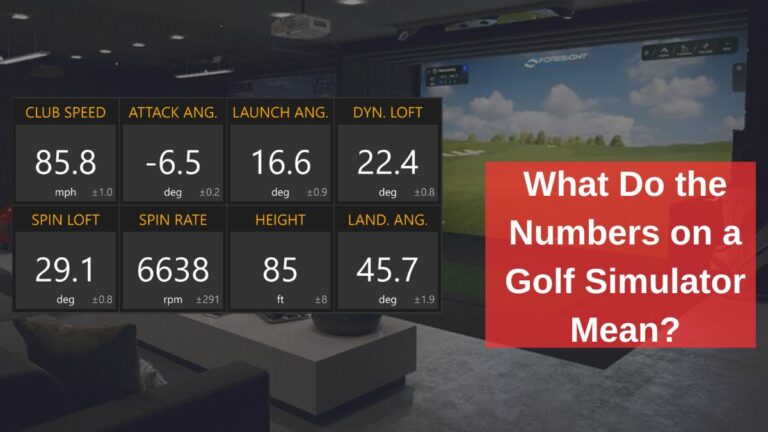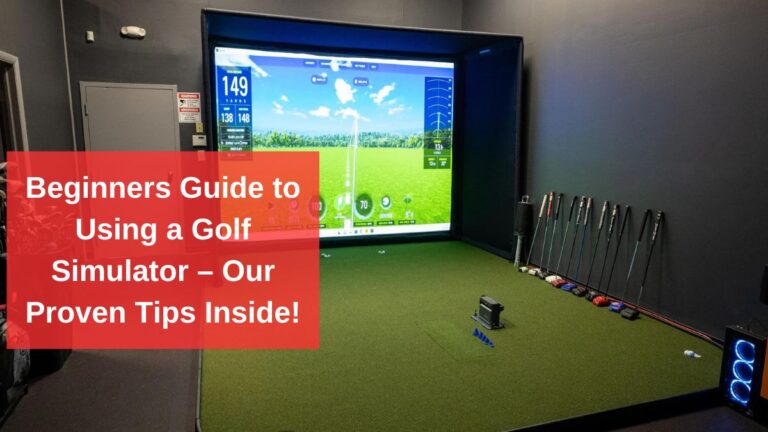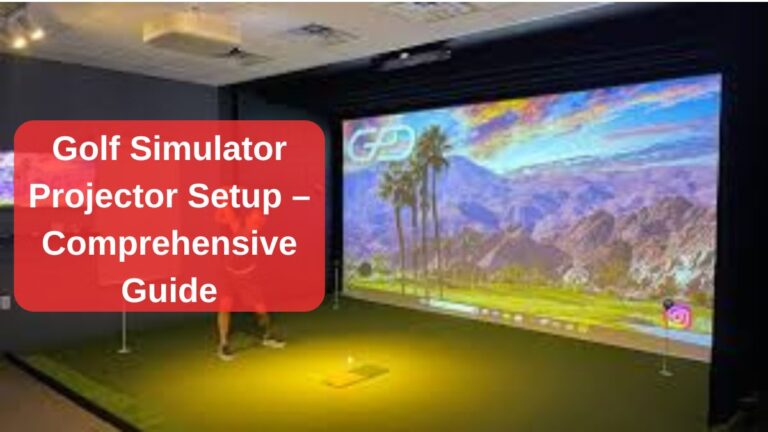A Complete Guide to Choosing the Right Hitting Mat for Your Golf Simulator Setup

When setting up a golf simulator, one thing you must not overlook is the quality of your hitting mat. It might seem like just a surface to hit balls from, but trust me, it makes all the difference.
A good mat is essential not just for improving your game but also for your long-term health and comfort during practice. If you’re wondering how to choose the perfect hitting mat for your setup, you’ve come to the right place.
In this guide, we’ll walk you through everything you need to know. Whether you’re an experienced golfer or just setting up your first simulator, this article will help you make the right choice, ensuring your mat gives you a great experience without breaking the bank.
Why Choosing the Right Hitting Mat Matters?
Let’s kick things off with a simple question: why should you even care about your hitting mat? After all, isn’t any old mat good enough as long as you can hit balls off it?
Not exactly.
We’ve learned the hard way that not all mats are created equal. You don’t want to spend hours practicing on a mat that either injures you, wears out quickly, or worse, gives you inaccurate feedback. Here’s why picking the right mat is a crucial step in your simulator setup:
Protect Your Body
We’ve found that some mats are incredibly hard, and if you’re hitting a lot of shots, you can end up with joint pain. Wrists, elbows, and even knees can take a beating if you’re constantly hitting off a hard surface. In contrast, a well-cushioned mat not only helps you practice more comfortably but also prevents long-term damage to your body.
Get Realistic Feedback
We love improving our game, and for that, realistic feedback is essential. Cheap mats may feel soft and nice underfoot, but they don’t always give you accurate results. A proper mat will mimic the feel of natural grass as closely as possible, punishing you for bad shots and rewarding you for good ones. This feedback helps you make real progress in your swing technique.
Durability Saves Money
If you’re anything like us, you don’t want to keep replacing your mat every few months. A high-quality mat is built to last, even under heavy use. We’ve made the mistake of buying cheaper mats only to find they wear out quickly, needing frequent replacements. Spending a bit more upfront on a durable mat will save you time, money, and frustration in the long run.
Improved Practice Experience
A good hitting mat enhances your overall experience, especially in a simulator environment. You want to enjoy the feel of a realistic swing, which includes how your club interacts with the surface. The right mat will make your practice sessions more enjoyable, productive, and immersive.
Different Types of Hitting Mats
There’s no one-size-fits-all when it comes to hitting mats. We’ve experimented with several different types, and each comes with its own set of benefits and drawbacks. Here’s a breakdown of the most common hitting mats:
1. Artificial Turf
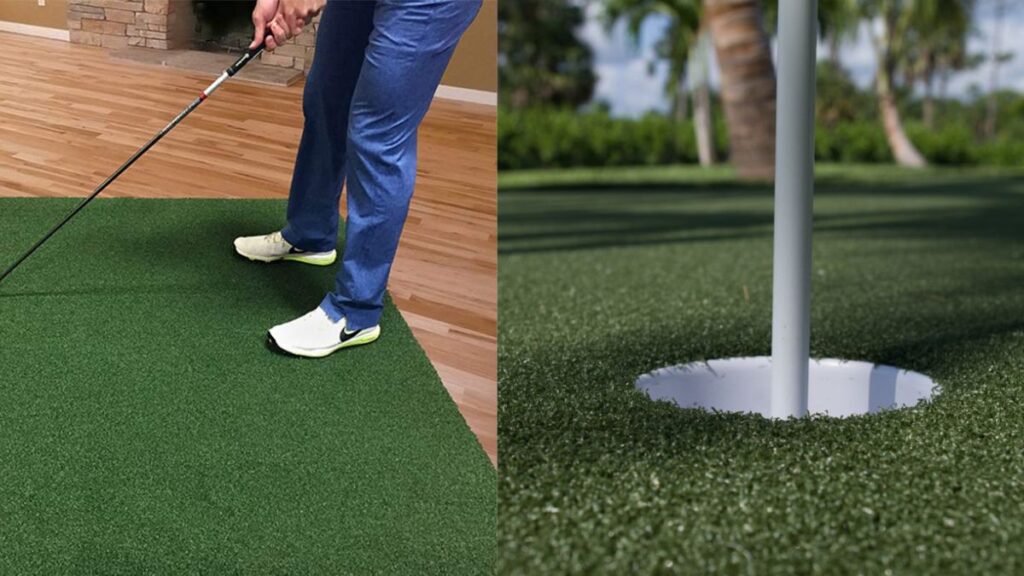
We’ve had a lot of experience with artificial turf mats, and they strike a great balance between realism and comfort. They’re generally affordable, easy to maintain, and durable. The feedback they offer is decent, though some can be a bit firm on the joints if not well-cushioned.
We recommend looking for versions with extra padding to protect your wrists and elbows. Plus, artificial turf mats are suitable for both indoor and outdoor setups.
2. Natural Grass
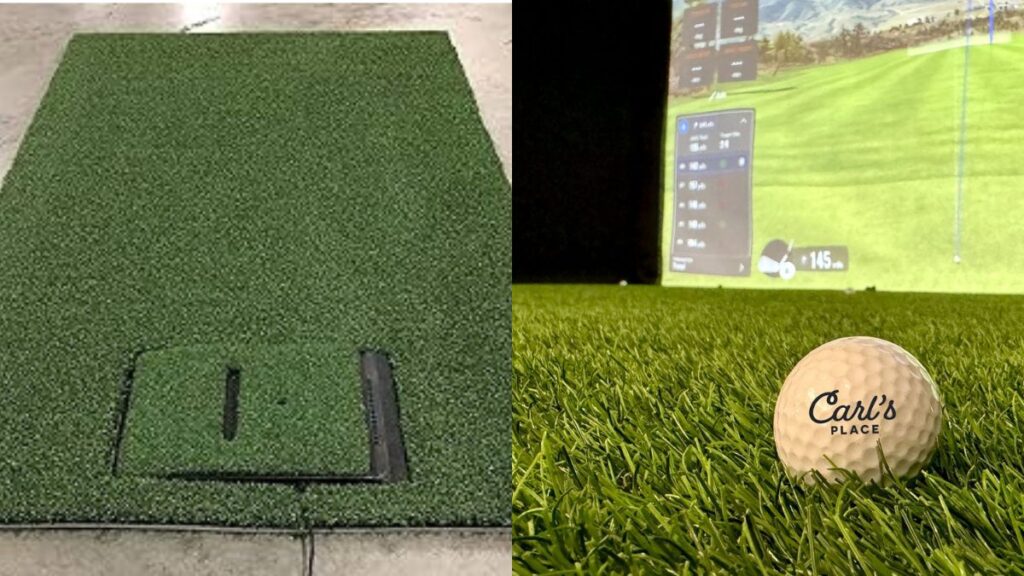
If you want the most realistic experience possible, natural grass is the way to go. However, it’s not without its challenges. Maintaining natural grass can be a headache, especially indoors. You need a perfect environment to keep it lush and healthy.
We’ve found this to be impractical for most sit-ups unless you have a dedicated outdoor space with the right climate. Still, if authenticity is your top priority and you’re up for maintenance, natural grass can’t be beaten.
3. Putting Mats

Putting mats is great if your focus is on improving your short game. They are typically portable, easy to roll out, and require minimal space. From our experience, they’re a convenient option for practicing putting strokes in a small space, but they are limited when it comes to full-swing practice.
We use these when we need a quick putting session, but for full-swing shots, they don’t provide enough versatility.
4. Rollout Putting Greens
Similar to putting mats but slightly larger, rollout greens offer a more extensive area for practice. We like that they’re easy to store and can be used in different spaces. They’re ideal for putting practice, but, like putting mats, they won’t be your go-to for driving or iron practice.
We often recommend them to golfers who have limited space but want something more substantial than a basic mat.
5. Synthetic Turf Tiles
For those looking for flexibility, synthetic turf tiles are a great option. You can replace individual tiles as they wear out, which can save you money over time. These are also great if you want to customize your hitting area to suit your needs. We’ve used these in different configurations, and they’ve proven durable and practical.
The downside is that setting them up can be a bit of a hassle if you’re not handy, but once in place, they offer a customizable and long-lasting surface.
How to Choose the Right Hitting Mat for Your Needs?
Now that we’ve gone over the different types of mats and the mistakes to avoid, it’s time to dig into how to choose the perfect mat for your specific needs. This is where our years of experience come in handy. We’ve broken it down into key considerations to help you make an informed decision.
1. Frequency of Use
If you’re going to be practicing every day, durability should be at the top of your list. We’ve found that high-usage mats need to be well-padded to prevent injury and durable enough to withstand frequent use.
If you practice less frequently, you can get away with a lower-cost mat, but we still recommend prioritizing durability to save money in the long run.
2. Realism vs. Comfort
We all want a comfortable mat, but too much comfort can lead to inaccurate feedback. We’ve used mats that felt nice underfoot but didn’t give us realistic responses to our swings. Conversely, we’ve also used mats that were too firm and hard on our joints.
You’ll need to strike a balance. If you’re serious about improving your game, choose a mat that offers realism without sacrificing comfort.
3. Budget Considerations
We get it—budget is always a concern. However, we’ve learned that skimping on a mat can end up costing you more in the long run. Cheaper mats may save you money upfront, but they wear out faster and don’t offer the durability or comfort of higher-end options. We recommend spending a little more if you can; the investment is worth it.
4. Space and Setup Requirements
How much space do you have? We’ve seen people buy mats only to find out they don’t fit their setup. Make sure the mat you choose is large enough for your stance and swing, especially if you’re using a launch monitor.
We also recommend considering how portable you need the mat to be—some mats are much easier to store than others.
5. Portability
If you’re like us and need to move your mat around, portability is key. Rollout mats are excellent for this—they’re lightweight, easy to set up, and store. Heavier mats may provide better feedback, but they’re a hassle to move, especially if you have a temporary setup.
Think about where and how often you’ll be using the mat when making your decision.
6. Surface Compatibility
Not all mats are designed to work well on every surface. We’ve used mats on concrete floors, and trust us, without proper padding, your joints will suffer.
If you’re practicing on a hard surface, make sure your mat has enough cushioning or use a foam layer underneath. For carpeted surfaces, you may not need as much padding.
7. Longevity and Replaceability
We’re big fans of mats that come with replaceable hitting strips. These strips wear out faster than the rest of the mat, so being able to swap them out extends the life of your mat significantly. We’ve found this to be a great way to save money over time, especially for high-use mats.
8. Practice Focus: Full-Swing vs. Putting
What’s your primary goal? If you’re focusing on full-swing practice, opt for thicker, more cushioned mats that offer realistic feedback. If putting is your main concern, putting mats or rollout greens is your best bet. We’ve found that it’s hard to find one mat that does it all, so think about your specific needs before making a purchase.
Advice – Product Suggestions Based on Your Setup
If you’re ready to start shopping, here are some product recommendations based on the different needs we’ve discussed:
- For Small Home Setups: Check out the Birdie Mat Pro or Champkey Mats. These are compact, easy to store, and great for home use.
- For Heavy-Duty Use: The SigPro Softy or Fiberbuilt Performance Mats are durable, well-cushioned, and built to last.
- For Portability: Rollout greens like the PuttOut Putting Mat are lightweight and easy to store, making them great for temporary setups.
You May Also Like Reading:
- Golf Simulator Enclosure Size Guide
- Golf Simulator Projector Setup: Comprehensive Guide
- What Is A Golf Simulator?
- How To Start A Golf Simulator Business
- Golf Simulator Vs. Launch Monitor
- How Realistic Is A Golf Simulator?
- Cost Of A Golf Simulator
- Beginner’s Guide To Using A Golf Simulator
- 10 Must-Have Golf Simulator Accessories
- Home Golf Simulator Room Design Ideas
- Are There Special Balls For A Golf Simulator?

I’m Khawar Iqbal, Founder of Golfsportal. I’m excited to be your guide in the world of Golf. At Golfsportal, I will keep you updated with insightful information that will help you improve your golfing experience and knowledge about what’s currently happening in the industry.
